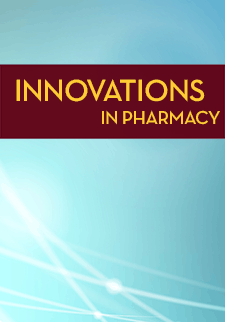Health Literacy Based Communication by Illinois Pharmacists
Radhika Devraj
Gireesh V. Gupchup
DOI: https://doi.org/10.24926/iip.v6i3.397
Keywords: Health literacy, pharmacist communication, patient-pharmacist communication
Abstract
Objectives: Health literacy has received attention as an important issue for pharmacists to consider when interacting with patients. Yet, there is little information about methods pharmacists use to communicate with patients and their extent of use of health literacy based interventions during patient interactions. The purpose of this study was to examine methods of communication and types of health literacy based interventions that practicing pharmacists use in Illinois.
Methods: A survey instrument addressing the study purpose was designed along with other items that were part of a larger study. Eleven items in the survey referred to pharmacist-patient communication. The instrument was pilot tested before administering to a random sample of 1457 pharmacists from the Illinois Pharmacists Association. Data were primarily collected via a mailed survey using Dillman’s five step total design method (TDM). Two reminder letters were mailed at two week intervals to non-respondents.
Results: Usable responses were obtained from 701 respondents (48.1% response rate). Using simple words (96%) and asking patients open-ended questions to determine comprehension (85%) were the most frequent methods that pharmacists used to communicate with patients. Only 18% of respondents always asked patients to repeat medication instructions to confirm understanding. The various recommended types of health literacy interventions were “always” performed by only 8 to 33% of the respondents. More than 50% of respondents indicated that they rarely or never had access to an interpreter (51%), or employed bilingual pharmacists (59%). Only 11% of pharmacists said that they rarely/never pay attention to nonverbal cues that may suggest low health literacy.
Conclusions: Pharmacists infrequently use action oriented health literacy interventions such as using visual aids, having interpreter access, medication calendars, etc. Additional training on health literacy, its scope, and related interventions coupled with system redesign and compensation for time spent counseling are essential to encourage health literacy tailored communication with patients.
Type: Original Research


